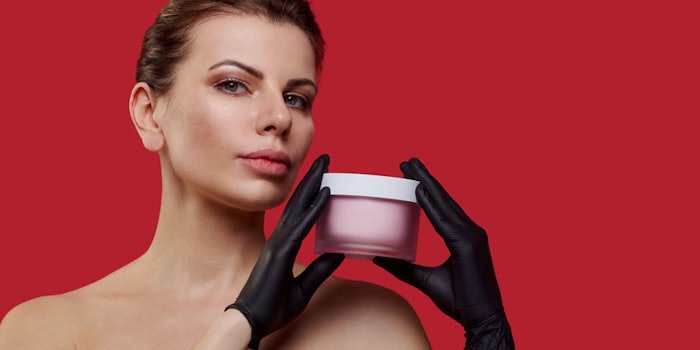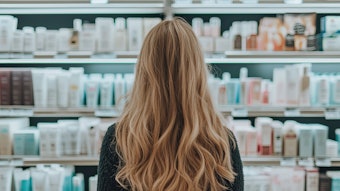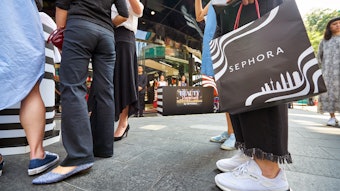
In May of 2018, Givaudan surveyed more than 1,500 female consumers and found that 8% 'were scared by the skin microbiota.' Post-pandemic, this number jumped to 27% in a survey of 3,900+ female consumers.
While these statistics seem off-putting toward microbiome-based product development, the company frames it as the perfect forecast for success in 2021. How? Additional numbers from the same studies show that 43% of people reported caring more about microorganisms than before COVID-19. What's more, some 52% said they think, "it is beneficial to use cosmetic products to take care [of the] skin microbiota"—up from 30% in 2018.
These numbers were shared in a recent presentation given by Catherine Zanchetta, next-generation sequencing senior specialist at Givaudan Active Beauty, and moderated by Pauline Martin, global communications and events manager for the company.
Considering the "27% fearful" statistic, Zanchetta offered, "We will have to deal with this new perception ... by softening it." To do so, she presented three of Givaudan's approaches to engage the microbiome: Balance to Enhance, Protect to Care and Trigger to Activate. These were used in the development of ingredients for microbiome care.
"Balance to Enhance" refers to balancing the microbiota of sensitive skin to reduce immune system activations such as cytokine release. Using 16S rRNA sequencing, the researchers identified the most prominent bacteria involved in skin sensitivity, Corynebacterium, and developed an ingredient to reduce its presence.
Sensityl (INCI: Water (aqua) (and) Phaeodactylum Tricornutum Extract (and) Pentylene Glycol), derived from the microalga, was the result, which reduced levels of Corynebacteria and also immune cell recruitment. "This was interesting because it acted on the skin's ecosystem—the skin cells and microbiota," said Zanchetta.
"Protect to Care" relates to protecting the existing microbiota. Under this approach, Zanchetta described the company's Sopholiance S (INCI: Candida Bombicola (and) Glucose (and) Methyl Rapeseedate Ferment (and) Water (aqua)) biosurfactant, which was shown to be as effective at sebum removal from skin as SLES without causing microbiota dysbiosis.
Finally, "Trigger to Activate" leverages the microbiome for beneficial effects in skin. The company's Synchronight ingredient (INCI: Glycerin (and) Betaine (and) Water (aqua) (and) Gardenia Jasminoides Fruit Extract (and) Maltodextrin) supports this approach by activating melatonin to balance the circadian rhythm.
"The active contains crocin," explained Zanchetta, "and this is converted by the microbiota to the crocetin molecule, which can bind to the MT1R melatonin receptor. ...This triggers the same biological cascade as melatonin for a positive effect on the circadian rhythmn." She added the ingredient improves sleep and also has been shown to protect against digital stress.
After the presentation, the Q&A session entertained attendee inquiries including whether the actives have been tested in men or on the scalp (answer: No and No), and the mechanisms of action for these actives. "There are still many questions about how the actives work with the microbiota. Much is unknown. Some are believed to 'feed' them, or the microbes may be more 'comfortable' with certain molecules," said Zanchetta.
On a final note, she conjectured on whether it might be possible to develop specialized cosmetics based on skin microbiome needs. "I think it could be interesting to have actives in makeup that are specific to [different] people," she said.










